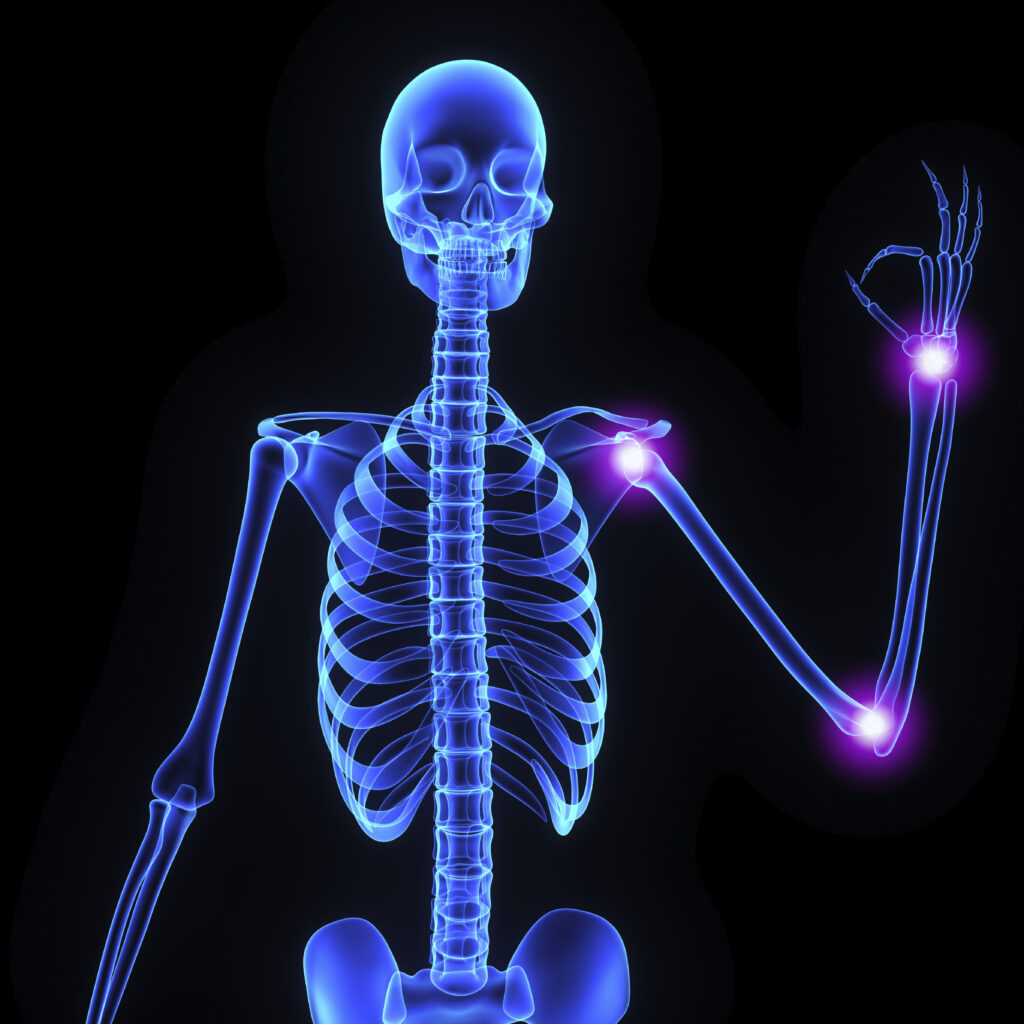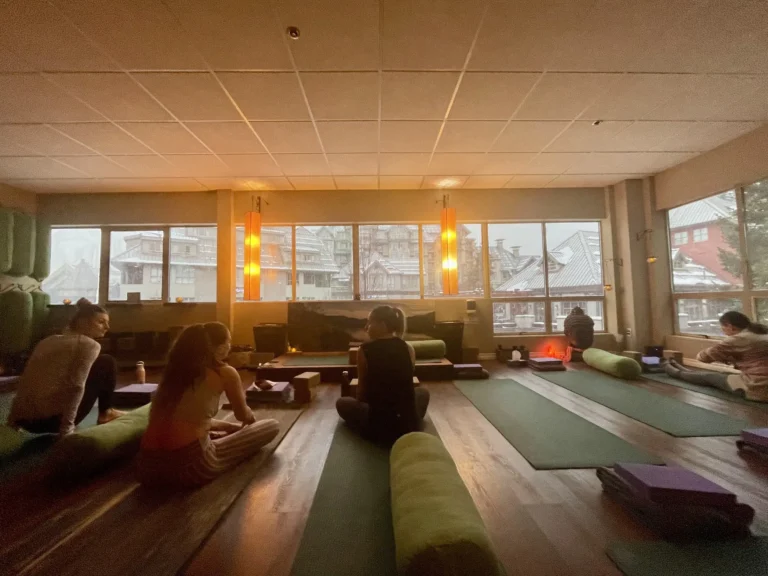Anatomy in Yoga

An understanding of anatomy is key for the safety and development of your students. Integrating this knowledge can encourage injury prevention and facilitate the healing process. It can connect a deeper understanding of the philosophies in creating yoga sequences for public and private classes. For private classes, if there is a specific area of focus, then you can design a practice that addresses those concerns. An anatomical awareness also prepares you to take on students with injuries in a safe and effective manner. Using variations, props, and mindful sequencing to compliment this information can create an inclusive yoga class.
An understanding of anatomy also gives you the tools to analyze your practice and teachings to create effective movement patterns. This encourages proper sequencing techniques that include adequate warm-ups and poses with appropriate counterposes. It also reinforces the importance of alignment for the purpose of safety for our joints, muscles, tendons and ligaments rather than for an esthetic appeal. The patterns we create on our mat have the ability to affect how we progress outside of yoga, meaning that our muscle memory creates healthy habits to impact other activities in our daily lives.
The Journey of Yoga Teacher Training

Written by Emily Kane – owner of Yogacara Whistler and staff member of the Yogacara Yoga Teacher Training program I used to think Yoga Teacher Training was out of my grasp. Seeing the respect that yoga teachers had for leading classes with confidence, awareness and grace is what drew me towards yoga teacher training, […]
Yoga Yin and Yang | Yogacara Studios

Most of us are familiar with the Yin and Yang symbol that originated in Chinese philosophy, but did you know that this philsophy, literally meaning “shadow and light”, can be used to describe the varying styles of yoga? Yoga Yin and Yang is used to describe how polar opposites or contrary forces are interconnected and interdependent […]



